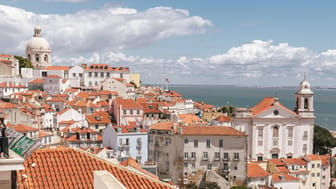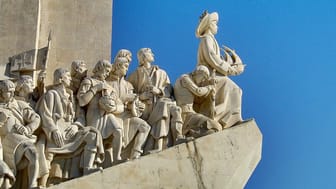National Pantheon
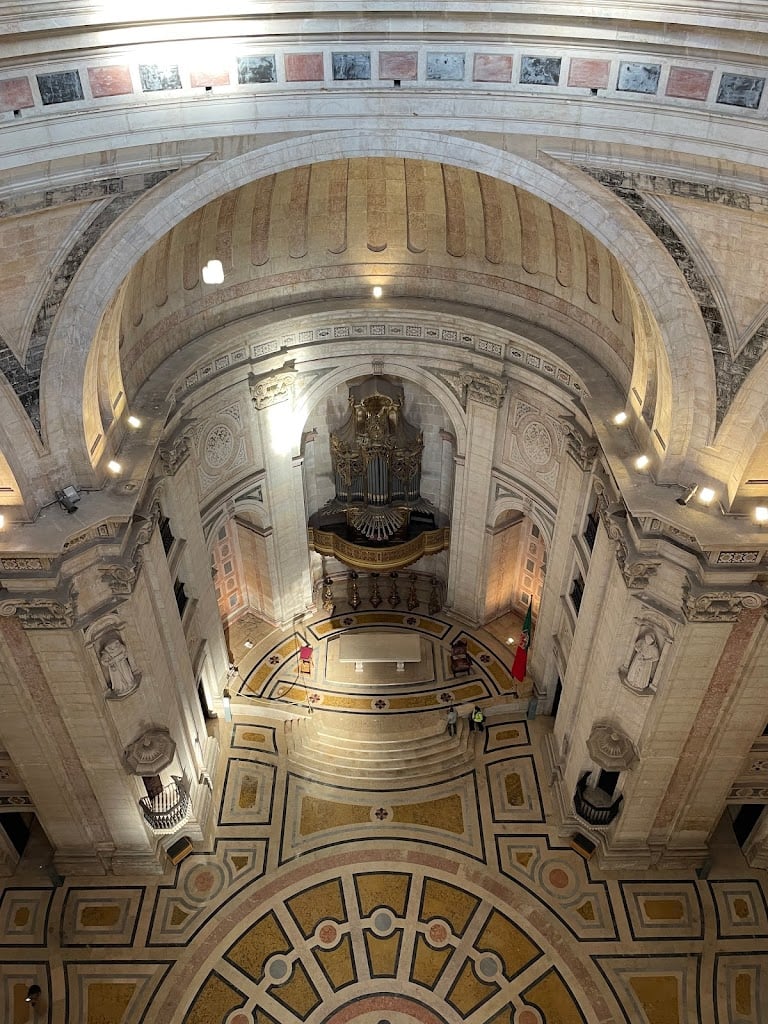
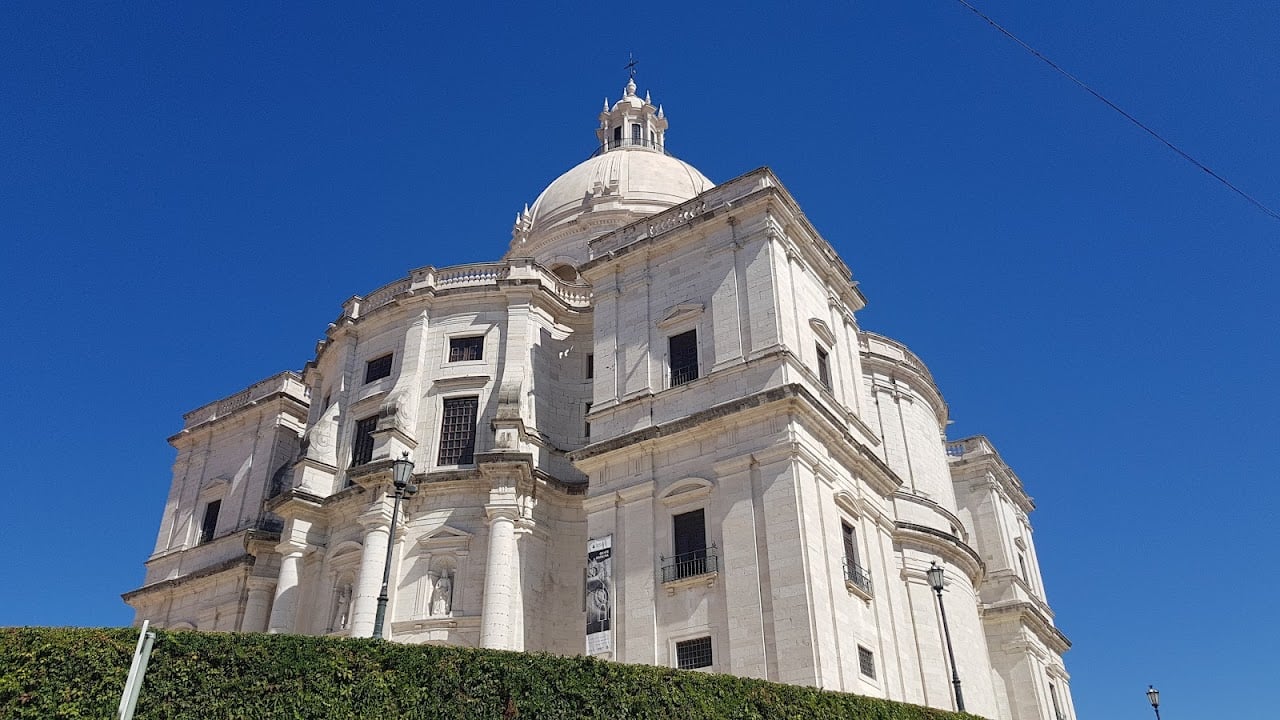
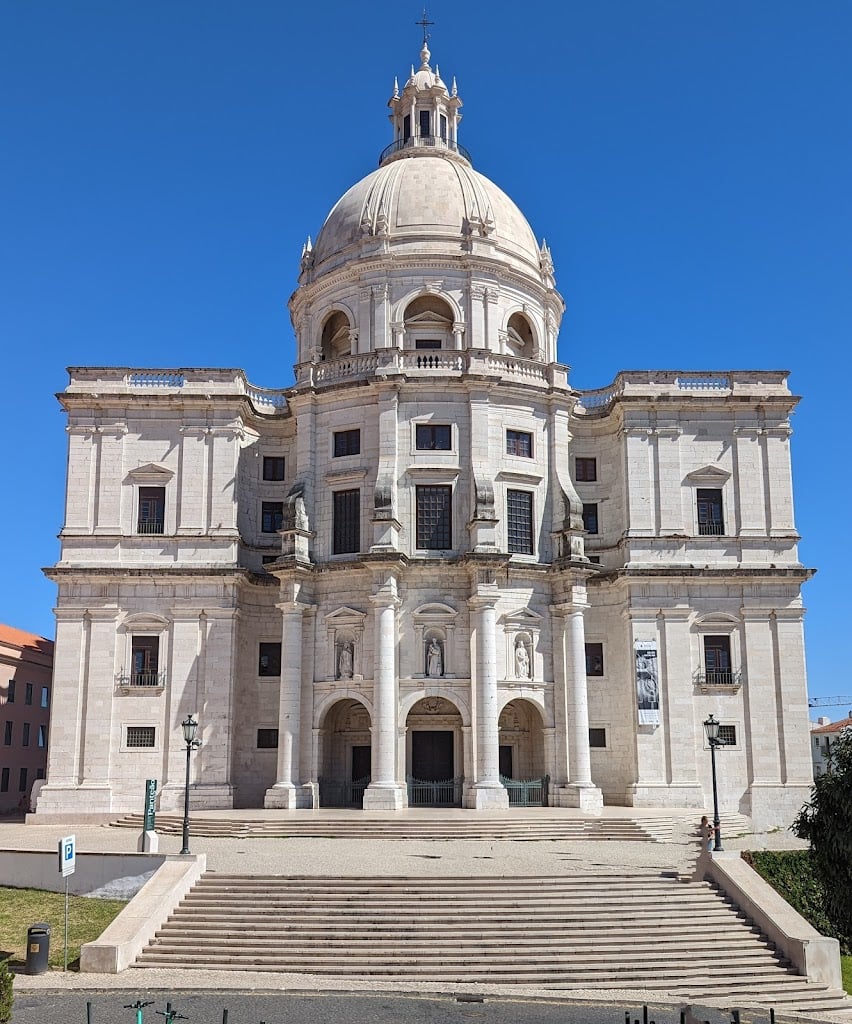
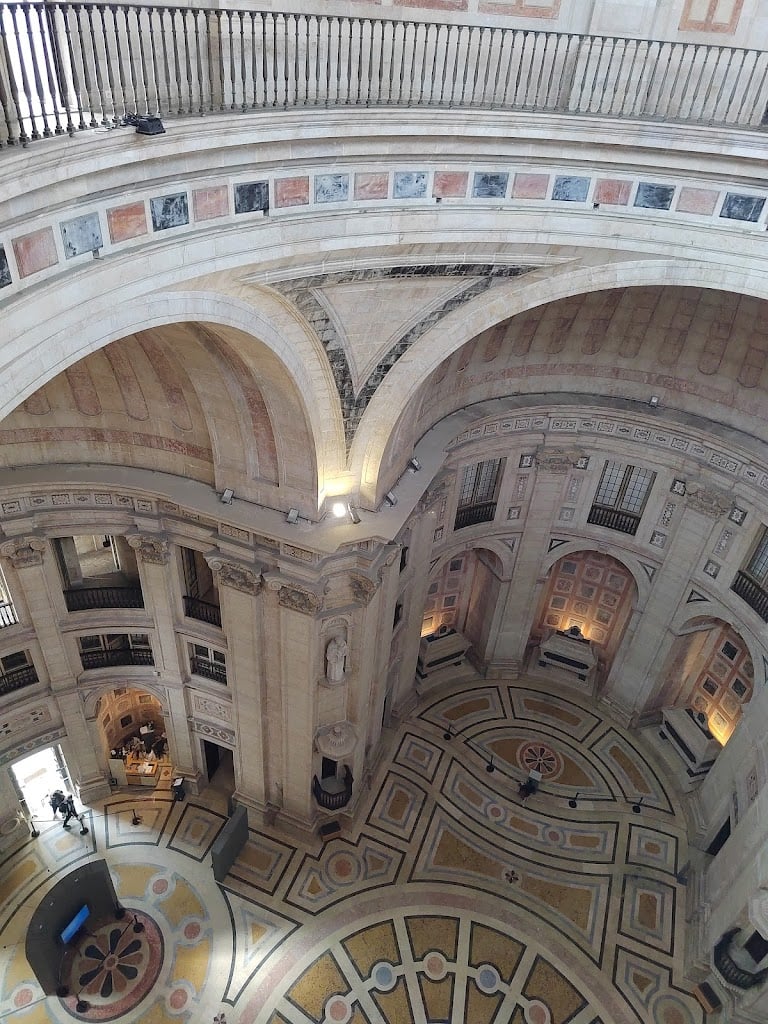
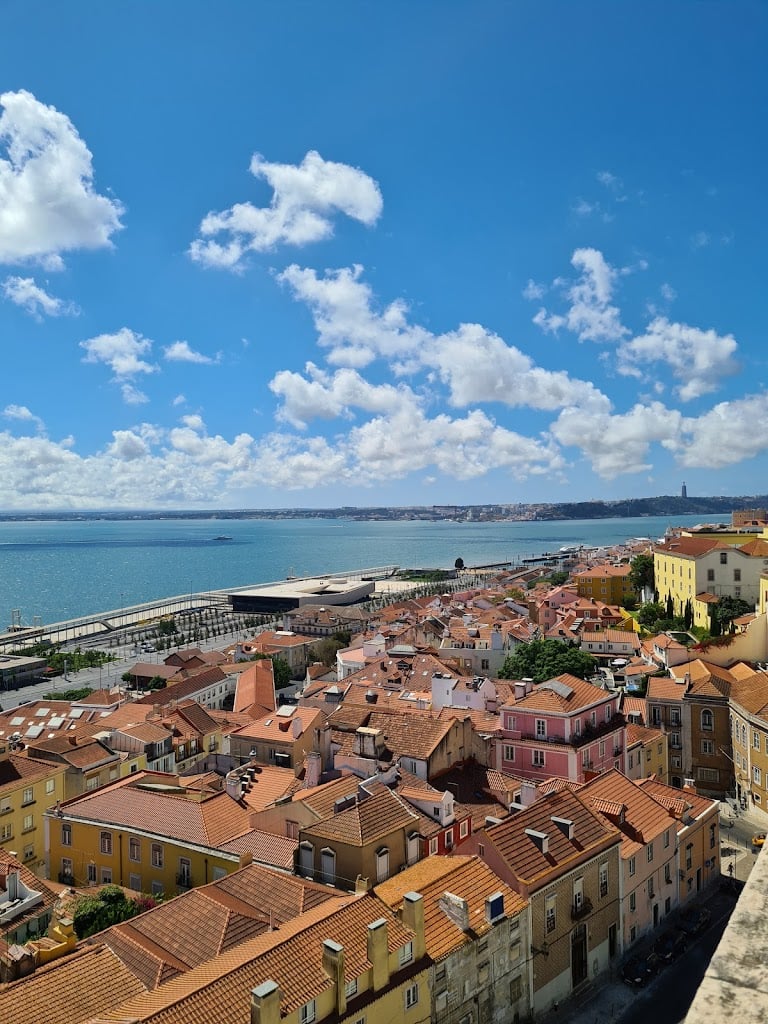
Ask ThatchGPT
Suggest a local expert to plan my trip
Suggest an unique itinerary for my Portugal trip
What foods do Portugal locals eat
What are some true hidden gems in Portugal
Help me brainstorm trip ideas for Portugal
Help me plan a family-friendly trip to Portugal
What people say
Pedro Pereira
Available for hire
"The Church of Santa Engrácia was founded in 1568, by order of Infanta D. Maria, daughter of King D. Manuel I, but nothing remains of the temple from that time.
In 1663 a competition was held for the design of a new church, won by the architect João Antunes. It will then be one of the first baroque works in the country, with a privileged location and open views over the Tagus River. Of large proportions and with a centralized model defining a Greek cross plan (square plan), it evokes the Italian temple of San Pietro in Montorio and San Satiro in Milan, designed by Donato Bramante.
Due to several events, including the death of the architect and the 1755 earthquake, the works only ended in the middle of the 20th century. XX, already known as the National Pantheon, a function that was assigned to it in 1916. Inside, in addition to the grave of the fado singer Amália Rodrigues, there are the mortal remains of the writers João de Deus, Almeida Garrett and Guerra Junqueiro and the Presidents of Republic Manuel de Arriaga, Teófilo Braga, Sidónio Pais and Óscar Carmona. They are also evoked by cenotaphs of Luís de Camões, Pedro Álvares Cabral, Afonso de Albuquerque, Nuno Álvares Pereira, Vasco da Gama and Infante D. Henrique.
Because it took so long to be built, it entered popular vocabulary to designate anything that takes a long time to make. It is then said that “they look like the works of Santa Engrácia”."
Francisco Franco Pêgo
"Great place to:
1. Get to know a brief history of the most relevant Portuguese people that lived
2. Appreciate baroque arquitecture
3. Apreciate a great view from it's rooftop over the city and the river (a hidden gem few are aware of)
Trivia question #1: the national pantheon is headquartered and mostly located here but officially spread in other cities of the country. Can you guess where?
Trivia question #2: the building of this church originated a portuguese saying. Can you guess which?
Full list of people her here: Manuel de Arriaga, Teófilo Braga, Sidónio Pais e Óscar Carmona (National presidents), Almeida Garrett, Aquilino Ribeiro, Guerra Junqueiro, João de Deus, Sophia de Mello Breyner Andresen (writers), Amália Rodrigues (fado singer), Eusébio da Silva Ferreira (footballer) and Humberto Delgado (military involved in the fight agains dicatorship).
Prices and schedule: https://www.panteaonacional.gov.pt/171-2/visitar-o-monumento/
Regular ticket: 8€
Answer #1: Mosteiro dos Jerónimos (Lisboa and also part of this guide), Mosteiro de Santa Maria da Vitória (Batalha) and Mosteiro de Santa Cruz (Coimbra).
Answer #2: "Obras de Santa Engrácia" is used to refer to long-lasting construction/renovation, as this church took such a long time to build."
Silvia De Caro
Available for hire
"It was founded in 1568 by order of Princess D. Maria, daughter of King D. Manuel I, but nothing remains of the temple from that era.
In 1663 a competition was announced for the design of a new church. But due to various events, including the death of the architect and the earthquake of 1755, the works ended only in 1916.
👣How to get there: reachable on foot from Mercado de Santa Clara (400m, 5min).Bus stop:Panteão Nacional, Line 10 and 13.
🎟️Ticket cost:full price 4£."
Read more in:
Mentioned in these guides
About National Pantheon
Get the inside scoop on National Pantheon from local experts, travel creators, and tastemakers. Browse genuine trip notes, National Pantheon reviews, photos, travel guides, and itineraries from real travelers and plan your trip with confidence.
Phone
Save this spot for later or start mapping out a new trip today
Try our AI Travel Assistant and get instant answers to any questions about your trip.
Ask ThatchGPT
